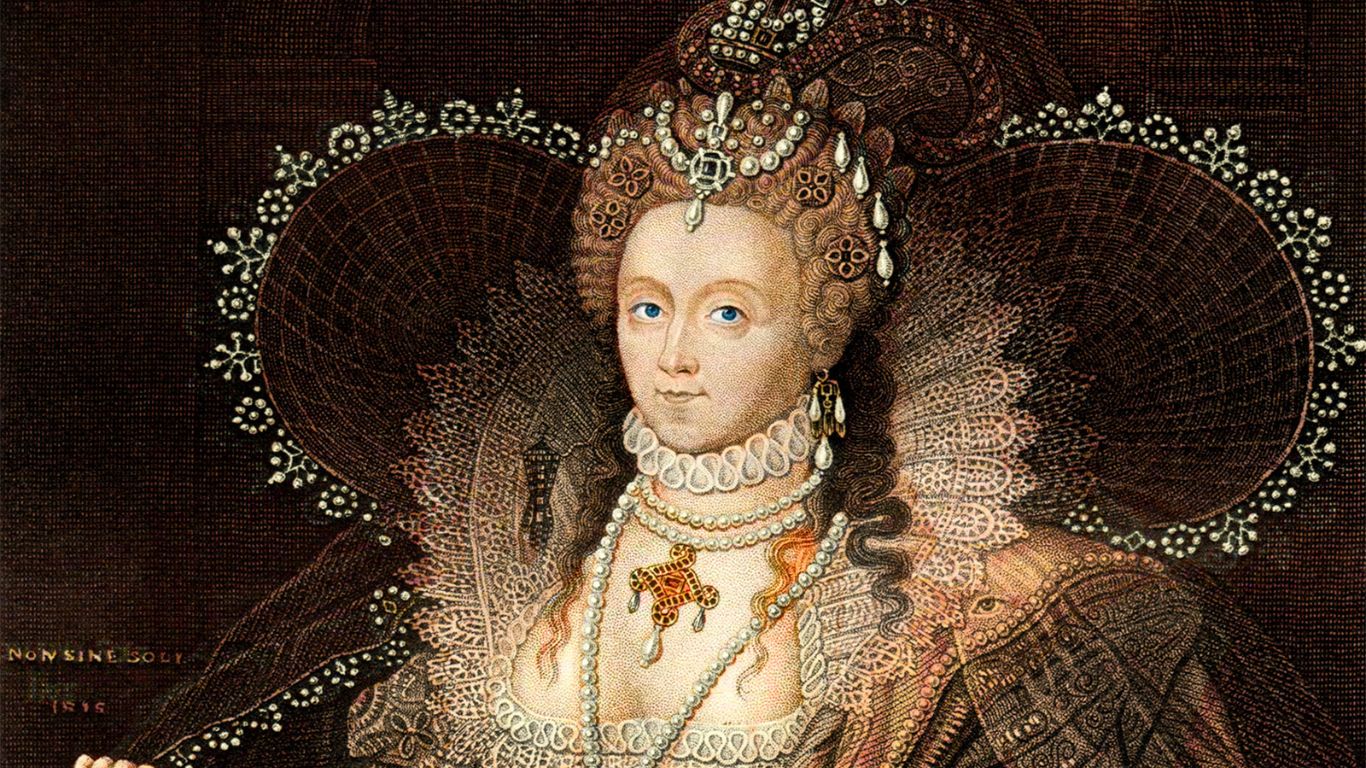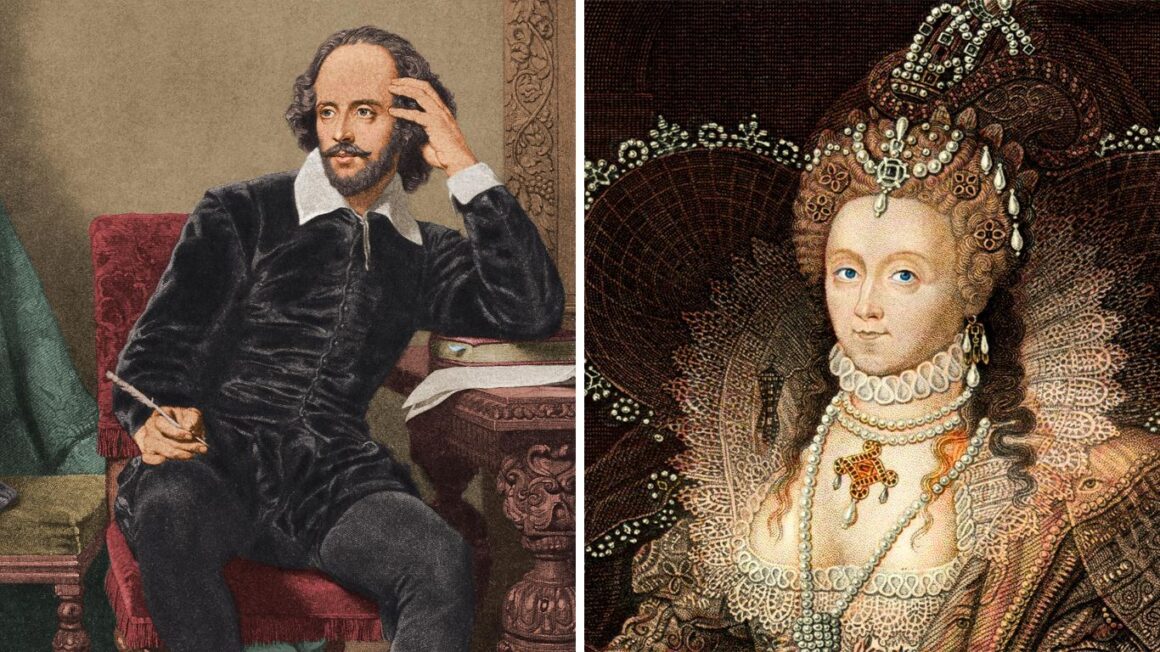The Elizabethan Era in English is also known as Shakespeare’s era in English, which lasted from 1558 until 1625. England went through a period of rapid economic and cultural progress. It was one of the most fascinating times, and changes in things like poetry or theatre, literature, and education were common. The period was regarded as the English Renaissance. Elizabeth I reigned during a time of immense cultural grandeur in England, which included writers like Christopher Marlowe and William Shakespeare as well as significant individuals like John Hawkins and Francis Drake.
Language
The vocabulary and grammar of the Elizabethan era are distinct from those of contemporary English. The Elizabethan alphabet had twenty-four letters, but there are now twenty-six, and there were some letters, such “u” or “v,” that were the same letter. Many terms that were commonly used in those days are no longer in use or have been replaced. Thanks to the writers, words were continually evolving, and vocabulary was growing. Shakespeare, for instance, created a lot of the vocabulary he used in his works. He is credited with having written more words than anyone else, more than 2000. Despite a large number of new words, vocabulary and language were not standardized. Words were written in a variety of ways because there was no dictionary to use. Shakespeare, for instance, was written in a variety of styles, including Shakspere, Chacsper, Shakkespere, and Shakespere.

Poetry
English poetry around the end of the sixteenth century was distinguished by language development and strong allusion to ancient mythology. The three most well-known poets at the time were Philip Sidney, John Lyly, and Edmund Spenser. Some people believe that Elizabethan poetry is the best ever written, despite the fact that it has historically been overlooked.
Every author has their own technique that contributes to the overall style. John Lyly is most known for his work on Euphues, the anatomy of wit, and Euphues and His England. He uses a culterano language style called euphuism. The Shepheardes Calendar was Edmund Spenser’s first and finest poem. Spenser utilized the “Spenserian stanza,” a poetry form he created, in particular. Eight lines in iambic pentameter and one ‘Alexandrine’ line in iambic hexameter make up each of the nine lines in each verse.
The English sonnet is credited to Henry Howard and Thomas Wyatt, whose lines include the “ababbcbcc” rhyme pattern. Last but not least, Shakespeare also produced some poetry and popularized the sonnet structure, albeit with significant modifications to Petrarch’s original. Shakespeare’s sonnets generally consist of three stanzas of four lines each, with the last couplet being written in iambic pentameter.
Theatre
Around London, there are numerous theatres now because the theatre business was expanding at the time. As a result of the money and fame offered by this industry, actors and entrepreneurs began to work there. Gorboduc by Sackville and Norton and The Spanish Tragedy by Kyd were the first plays written during the Elizabethan era, and both gave William Shakespeare plenty of inspiration for his play Hamlet. Currently, Shakespeare is recognized as a poet and dramatist from England. The writer had a great talent and was highly versatile, outperforming other professionals like Greene despite the fact that he was not academic and likely just had basic education. Shakespeare first joined an acting troupe when he was a young man, and from 1603 onwards, he became a member of the ‘King’s Company,’ with which he was affiliated and for whom he wrote all of his plays. His literary prestige was upheld, and he was well-paid. The Tempest, Hamlet, Othello, Macbeth, and Anthony and Cleopatra are thought to be among his best plays, while the majority of them were very successful.

Literature
It is frequently mentioned that this literary bloom took place from 1578 to 1660, lasting until the queen’s passing. This artistic split didn’t happen until the English Civil War. Literature, especially theatre, saw a significant boom during the Elizabethan age.
Education
Children would receive education at home. The fundamentals of early education would be things like obeying their parents, asking for their blessing, or the fundamentals of good manners. Boys went to Grammar school, where the Horn Book, which used to be the most significant resource in those schools, was used by students. Boys continued their studies after grammar school in universities when they were just fourteen years old.
While girls were rarely permitted in educational settings other than Petty schools, which were for all girls between the ages of 5 and 7. Exclusively the wealthiest individuals permitted their daughters to attend school, and only at home. A local, educated woman would typically administer these schools for a minimal sum of money. Students were taught to read and write in English, learn about religion, and also acquire behavioral precepts. Since they were not required to work at home during that time, even children from very low-income families could attend school. The issue was that there was very little financial support for schooling across the nation.
Also Read: 5 Monsters from English Folklore



